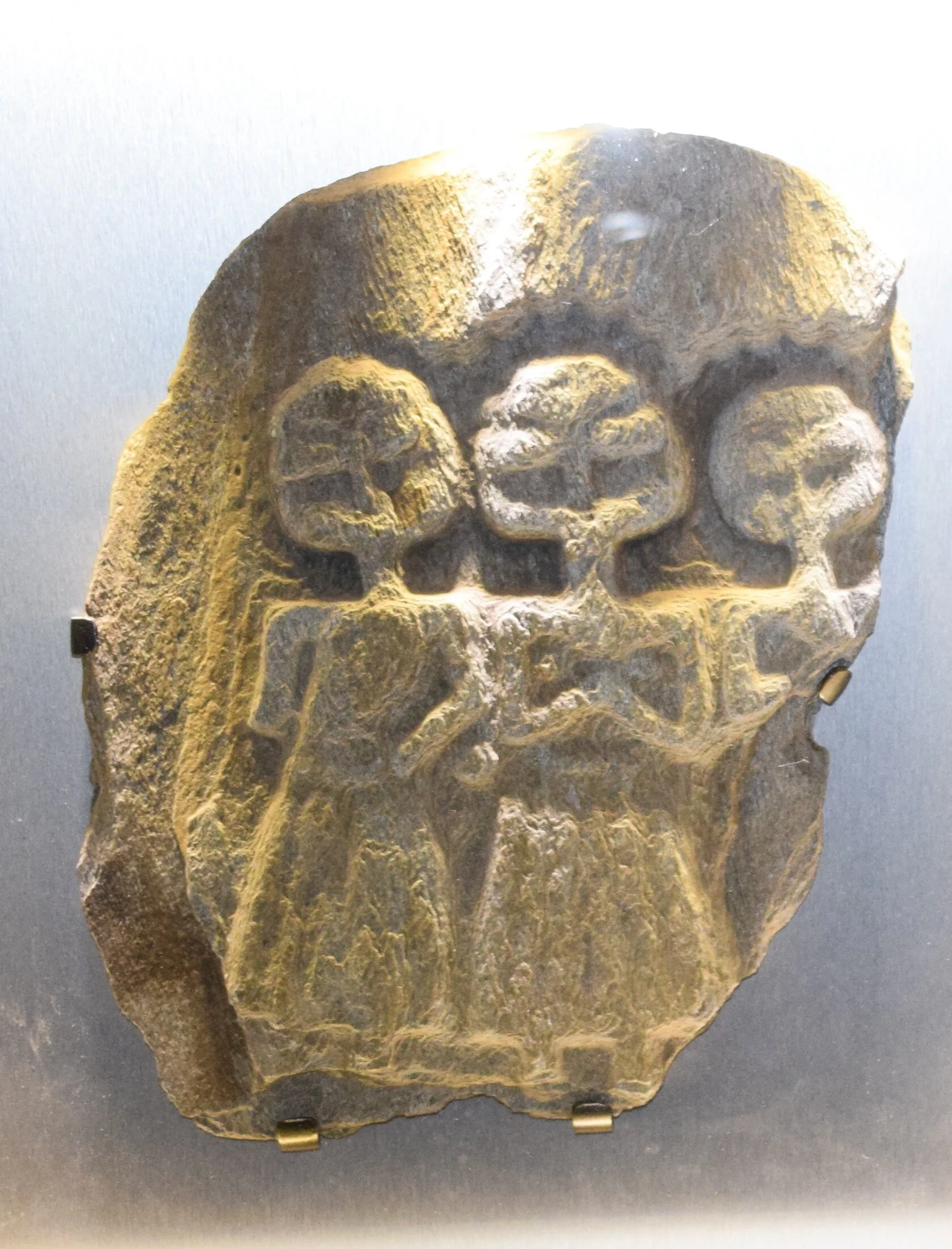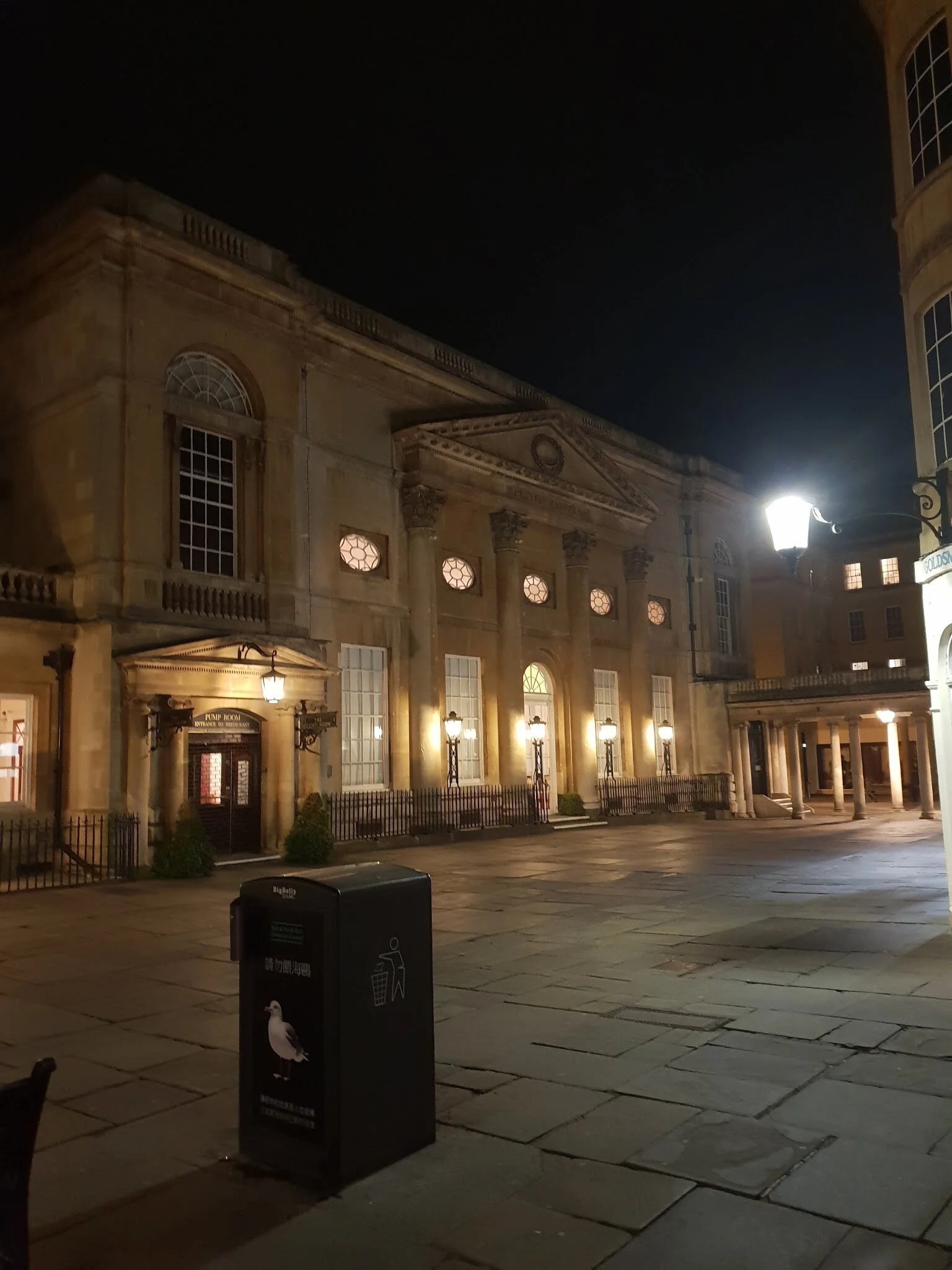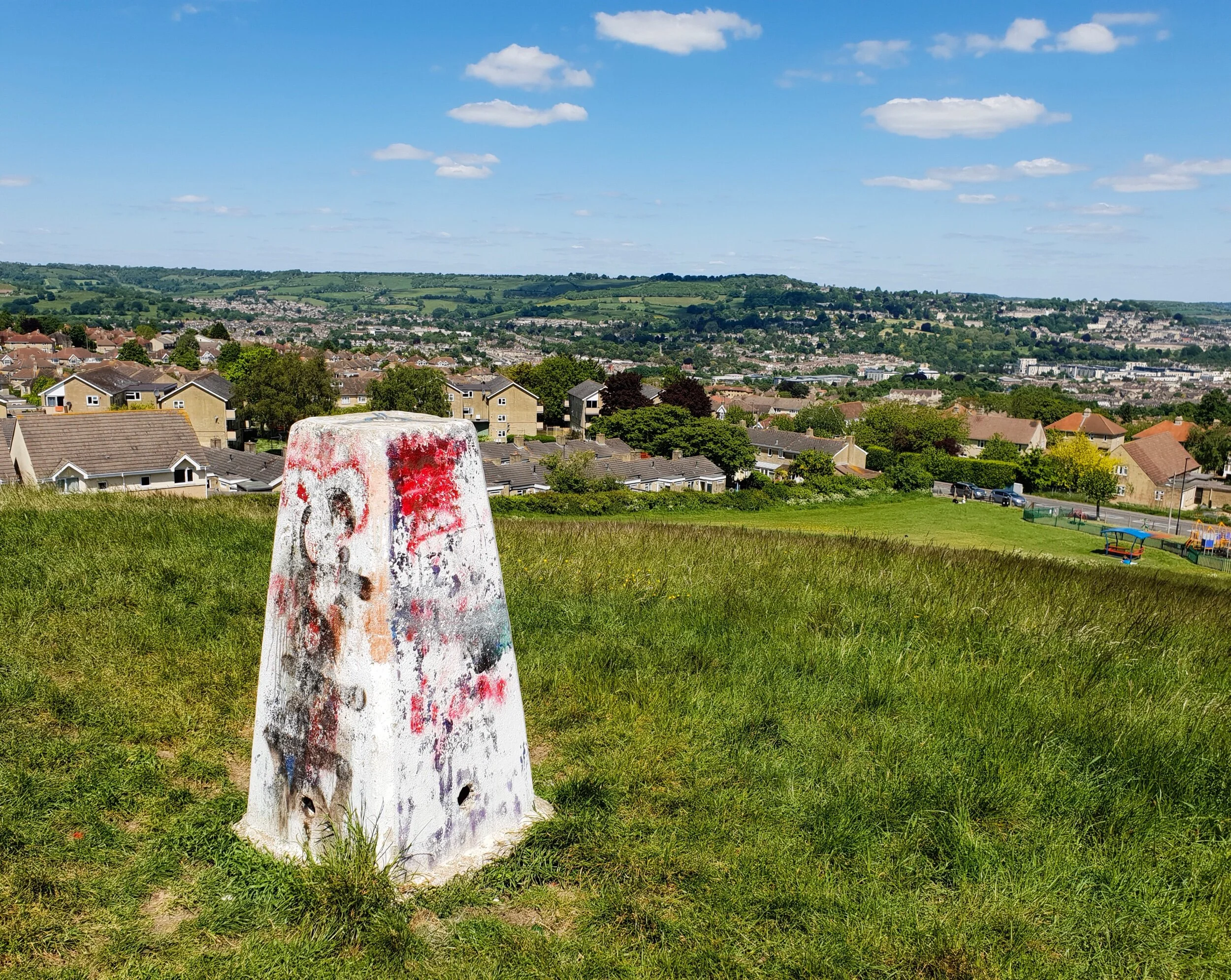Genius Loci
The Celts of the ancient world believed that many spirits and divine beings inhabited the world around them. Rituals and offerings maintained a balance between gods, spirits and humans and harnessed a supernatural force for the benefit of the community. They saw the presence of the supernatural as part of and interwoven with the material world. Every mountain, river, spring, tree and rocky outcrop was inspirited. Sanctuaries were sacred spaces, often in natural locations such as springs or sacred groves. Many of these places were honoured as the abode of powerful spirits or deities and offerings of jewellery or weapons were made to them. In the Pre-Roman Iron Age lakes, rivers and springs received special offerings of metalwork, wooden objects, animals and sometimes human sacrifices.
The Romans called these spirits the genius loci. Many Roman altars found throughout the Western Roman Empire were dedicated to particular genius loci and sacrifices were made to the local genius loci. Although this normally refers to the distinctive atmosphere of a place it could also be seen as a guardian spirit. It could also be seen as a tutelary deity, a guardian, patron or protector of a particular place or geographical location. However, inscribed dedications in Roman times show that these spirits were seen not simply as guardians but the embodiment of the river itself and that the tales of tutelary goddesses are the origin stories of the river itself. In this way Sulis was not simply the guardian or possessor of the hot spring at Aquae Sulis but the embodiment of the river itself.
So, Sulis could be seen, not only as the powerful goddess we have already looked at, but as a tutelary deity, a guardian of the waters she presides over or even as an actual embodiment of the river itself. This aspect of her would seem to tie in with the various sightings of her reported by those who have got in touch with us.
The name Sulis means ‘eye’, ‘orifice’ or ‘gap’ as in Aquae Sulis the Waters of the Gap and it is likely that the spring was seen as an actual entry into the Other World. The pagan Other World was a world beyond death: a dynamic force of energy and life, a realm from which all possible benefits including life itself came. Conversely it was also the place of death, the land to which all return.
This Other World concept was identified with the Earth Mother, a fertility and death goddess, and all springs and caves were the visible sign of her nature and bounty. Most of these mother goddesses were seen as triple goddesses representing the three phases of maiden, mother and crone. This divine fertility element can take several forms, the most important being the Deae Matres which occur on both dedications and stone sculptures. Apart from their main fertility role, there is evidence that mother-goddesses have connections with water and healing springs (See The Gods of Roman Britain, Miranda J. Green, Shire Archaeology 1983).
The name Sulis appears to be etymologically related to Sulevia, ‘She-who-brings-forth.’ The Suliviae is the Latin name given to a triad of mother-goddesses known in many parts of the Roman Empire. Iconographic and epigraphical evidence suggests that the goddesses were linked to cults of healing, regeneration, fertility and maternity. They were worshipped at three sites in Britain, Cirencester, Colchester and Bath. This latter site also suggests a connection with Minerva (Oxford Reference: A dictionary of Celtic mythology).
Given dedications to the Suliviae at Bath, and the presence there of a plaque depicting the Deae Matres or three mothers, it is possible to argue that Sulis herself could also be seen as a triple goddess, a goddess for all of life’s cycles from birth to death.
As we reach the end of our project it has become clear to us that however we look at the history of the rivers and waters of Bath, from earliest times they have been seen as a supernatural force for the benefit of the community.
Whether we see Sulis Minerva as a powerful goddess or as a genius loci, the very embodiment of the river itself, one thing seems sure. She has always been there, looking after the city and its inhabitants. And, if the various sightings reported to us are true, then it would appear she continues to do so today.
The three mothers.



